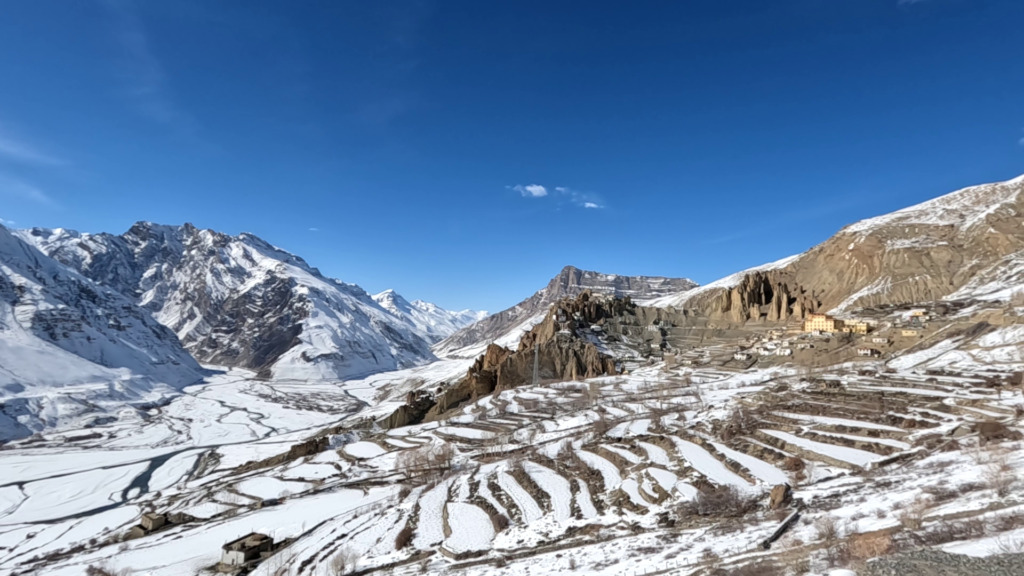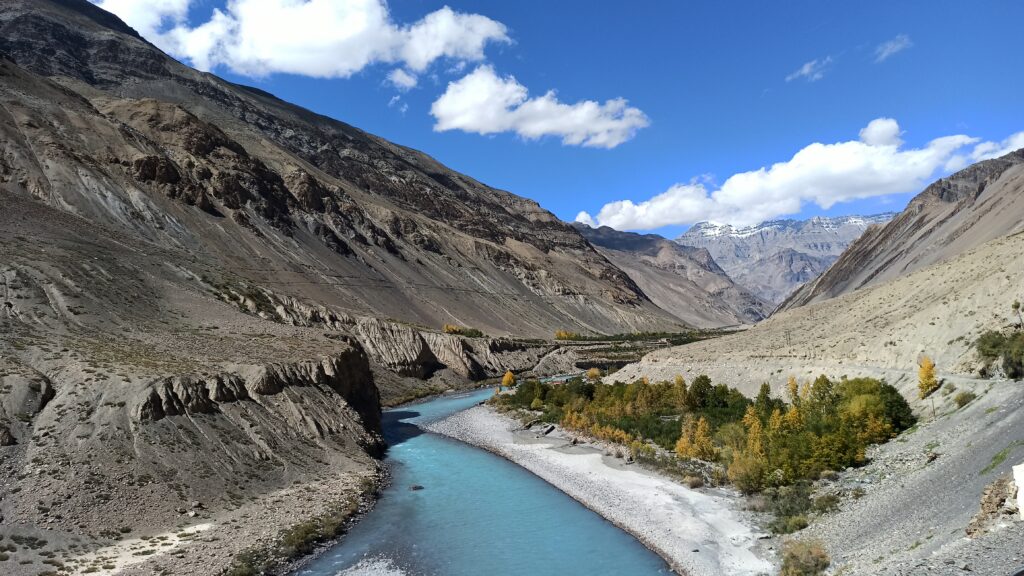History of Punjab – The Land Of Five Rivers
Punjab is known for its rich history, diverse culture, and vibrant people.

The word Punjab is a combination of the Persian words Panj which means “five” and b which means “water”. It refers to a region with five rivers that are the Beas, Chenab, Jhelum, Ravi, and Sutlej. The Sanskrit word Panca Nada, which means “five rivers’ ‘ and is also the name of a location recorded in the ancient epic the Mahabharata. May be the source of the word’s derivation. It is a misnomer when referring to the current state of Punjab in India because only two of those rivers, the Sutlej and the Beas, lie inside its borders, and the Ravi only flows along a portion of its western border since India was divided in 1947.
Punjab is a state in the northwestern region of India and a historical region in South Asia. Punjab is known for its rich history, diverse culture, and vibrant people.
Presently Punjab is a state in the northwestern region of India and a historical region in South Asia. Punjab is known for its rich history, diverse culture, and vibrant people. Punjab is surrounded by Jammu in the north, Himachal on the northeast side. Haryana on the south and Rajasthan on the south west.
Before that Punjab is the only state which has seen the migration and settlements of new tribes with different cultures and ideas that form the Punjabi civilization.
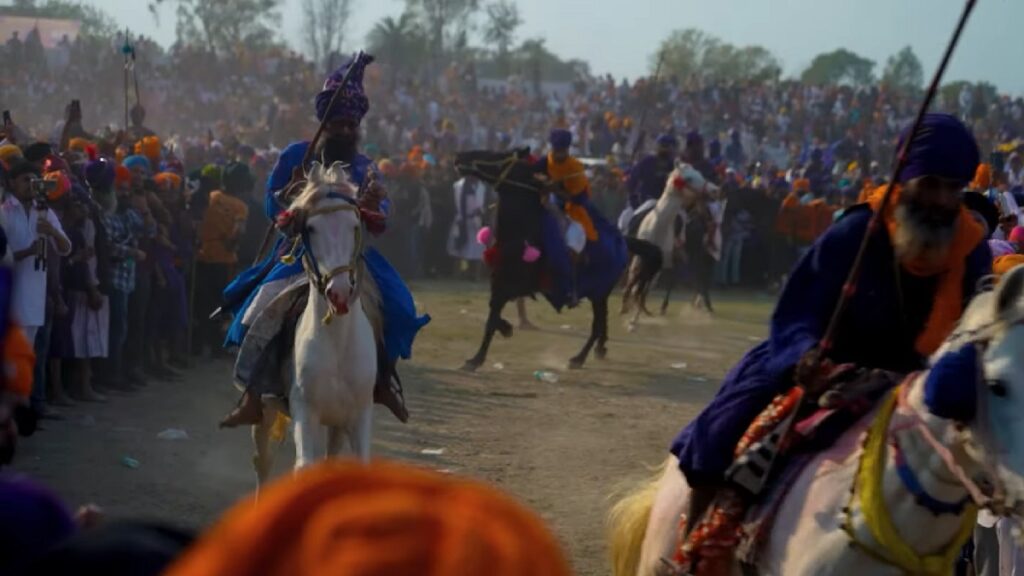
Ancient History Of Punjab
Bronze Age: The Bronze age is from 3300 BC – 1300 bc. This age was also called Harappan Civilization or Indus valley civilization. The first site of Indus civilization was discovered in the early 20 th century by an Archaeological survey of India in British raj In Punjab. Soon after that the
Mohenjo Daro was also discovered. You can see some sculptures and ancient Harappan cultures in Sanghol Museum in Fatehgarh district. The Harappan civilization flourished around the delta belt of the Indus river. The demise of civilization is due to reduced water supply.
Iron Age : The iron age is between c.1300 BC – 518 BC
The legendary kingdoms originated during the iron age. Some of them were Gandhara, Kekaya, madra, sivi and Trigata. They were converted from tribes to civilization and then into big colonies. Their transition evidence was found in the vedic era. The civilization was populated along the sides of rivers in Punjab. According to the Rig Vedic the “Battle of Ten Kings’ ‘ between the Bharata clan and a confederation of ten tribes, took place on the banks of Ravi river in central Punjab, during the fourteenth century BCE. Ancient scriptures relate to a second conflict called the Mahabharata, which took place in Punjab on the Kurukshetra battlefield. The Pandavas and the Kauravas engaged in this conflict.
History of the emergence of kingdoms and Dynasties in Punjab
The ancient Hindu epics, particularly the Mahabharata, provide a history of the emergence of kingdoms and dynasties in Punjab. The first known significant local king of this area is known as King Porus, who battled Alexander the Great in the renowned Battle of the Hydaspes in 326 B.C.
Chandragupta Maurya allied with Punjabi states to create the Mauryan Empire after Alexander the Great invaded in the fourth century BCE. However, Eastern Punjab Janapadas like the Yaudheya, Trigarta Kingdom, Audumbaras, Arjunayanas, and Kuninda Kingdom finally overthrew these succeeding dynasties. Subsequent reigns of the Indo-Greek Kingdom, Kushan Empire, and Indo-Scythians also occurred.
Punjab had severe Hunnic invasions in the fifth and sixth centuries CE. But the Vardhana dynasty triumphed and ruled over Northern India. The Hindu Shahis, who are credited with overthrowing the Samanid Empire and the Saffarid dynasty, rose to prominence in the eighth century CE. While fending off Ghaznavid incursions, the Tomara and Katoch dynasties shared control of eastern Punjab. Under Ghaznavid control, Islam spread over Western Punjab. The Tughlaq dynasty and Sayyid dynasty Sultans are referred to as being of Punjabi descent in the Delhi Sultanate, which followed the Ghaznavids.
In15th century the Langah Sultanate emerged in south Punjab, after its victory over the Lodi dynasty. After the Mughal Empire’s decline in the 18th century, Punjab experienced a period of anarchy. In 1799 CE, Sikh Empire started to grow its rule, conquering Kashmir and Durrani Empire held territories, shaping the diverse and complex history of Punjab.
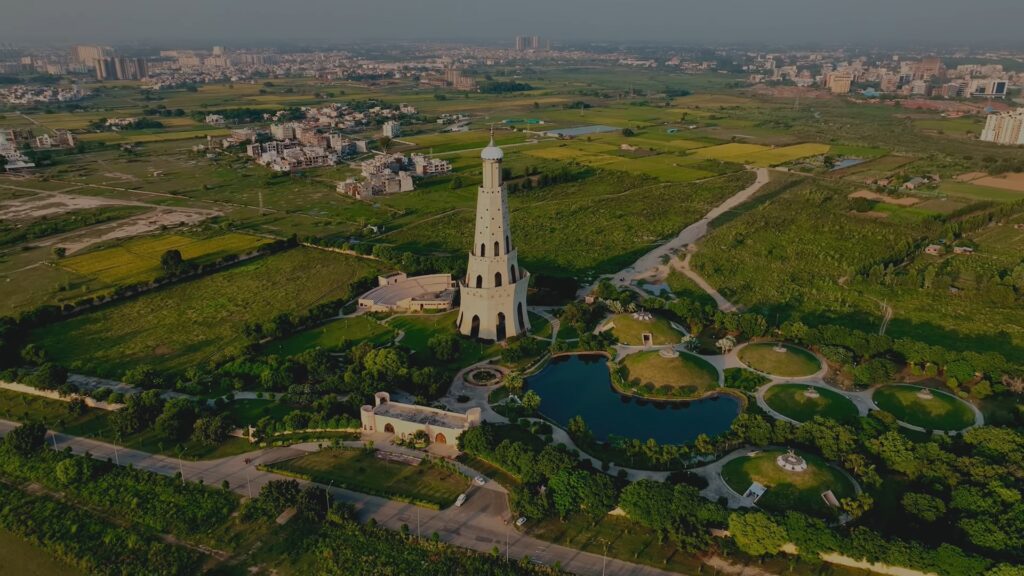
Man Who United Punjab
Maharaja Ranjit Singh initiated a process to unite Punjab in 1799. He was able to take control of most of Punjab and the surrounding areas by preparing his army in the manner of the East India Company. The Treaty of Amritsar, which Maharaja Ranjit Singh and the British signed in 1809, established Ranjit Singh as the sole ruler of Punjab up to the Sutlej River.
Within ten years after Ranjit Singh’s passing in 1839. The British, who had previously largely exercised indirect or direct influence throughout the Subcontinent, took control of the Empire. There were various degrees of nobles competing for dominance in Lahore. Growing unrest made it possible for the British to invade and seize power in the region. The army and domain of the young Raja Duleep Singh were destroyed following the British successes at the battles of the Sutlej in 1845–1846. Lahore was assigned a residency in the Durbar and garrisoned by British soldiers. The British had formally seized it in 1849.

Partition Of Punjab
East Punjab, which today includes the states of Indian Punjab, Haryana, and Himachal Pradesh, was created in 1947 when the Punjab Province of British India was split into West Punjab and East Punjab along religious lines.
The old Raj province of Punjab was divided during India’s 1947 Partition. The predominantly Muslim western portion became the Pakistani province of West Punjab, while the predominantly Sikh and Hindu eastern portion became the Indian province of Punjab. As a result of the partition, which saw many people uprooted and significant intercommunal violence because many Muslims and Sikhs lived in the east and many Sikhs and Hindus in the west.
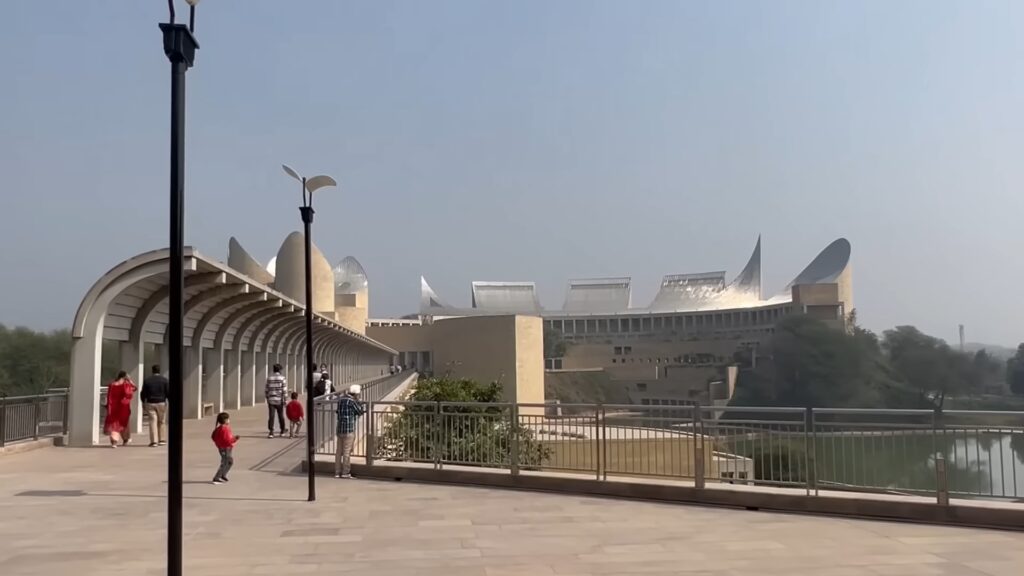
Culture of Punjab
Punjab has one of the vibrant and richest cultures. The culture of Punjab is diverse and unique. It is evident in Punjabi poetry, philosophy, spirituality, education, artwork, music, food, science, technology, military warfare, architecture, traditions, values, and history. The culture in Punjab reflects a diverse range of historical civilizations, and it is known for its tolerance.
Language Of Punjab
The Punjabi language is one of the oldest and richest languages in the world. It is written with the Gurmukhi alphabet in India and with the Shahmukhi alphabet in Pakistan. Approximately 130 million people speak the Punjabi language.
Cuisines Of Punjab
Punjab is also known for its rich and diverse cuisine. Which includes dishes such as sarson ka saag, makki ki roti, chole bhature, and tandoori chicken. Basmati rice is the indigenous variety of rice in Punjab. It is must for various meat and vegetable based rice dishes in Punjab.
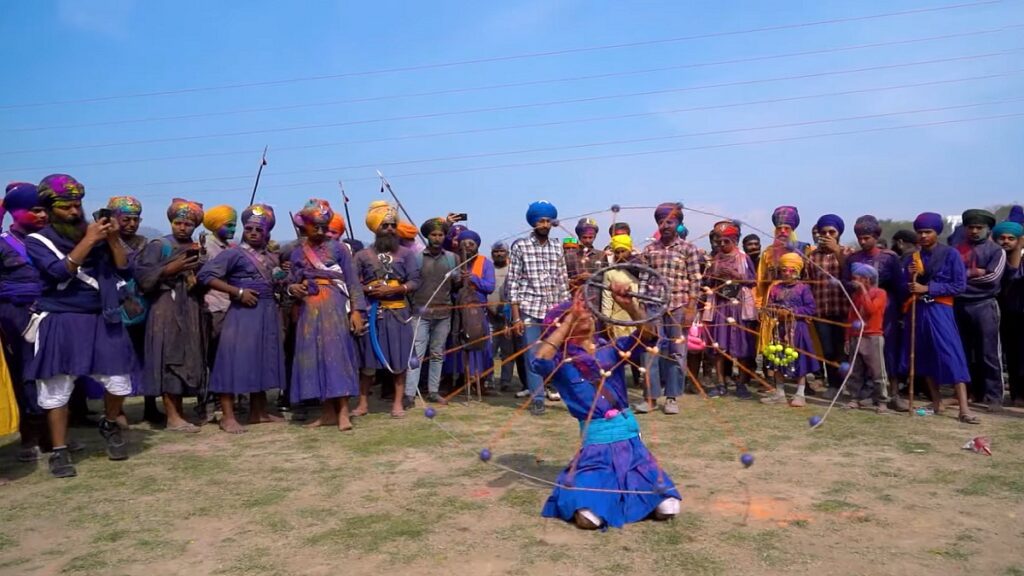
Artistry Of Punjab
Punjab is a place where artistry surrounds every area of life, and a sense of opulence pervades the atmosphere. Metal casting, embroidery , wall paintings,handmade jewelry, architecture, folk music and dances all reflect the affluent culture of this vibrant Indian state.
Folk Dances of Punjab
The people of Punjab are free-spirited, liberal, and kind. Punjabi people celebrate every occasion and festival to the fullest. The State is famous for its vibrant and energetic dance forms, such as bhangra, giddha, kikli, and sammi. Bhangra is one of the most famous dance forms of Punjab. And giddha is another important variant of dance practiced by Punjabi women.
You Might Also Like to read – Chandigarh – Complete Travel Guide To The City Beautiful
Do comment Your Thoughts about The article.
These pictures are captured by me during my trips. If you want to use these pictures on your website. You can to do so for free as long as it is non-commercial use. Don’t forget to give credit to the author.
This Page might contain affiliate or paid advertisement to help in maintaining the website.

